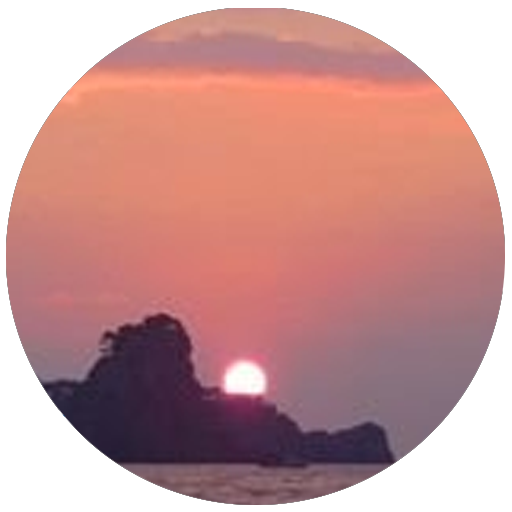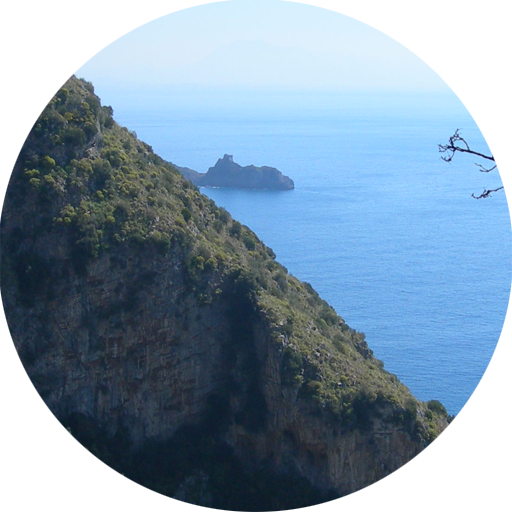The ancient Castelluccia is a nice Middle Ages town situated at the slopes of Alburni mountains, at around 600 m above the sea-level. The town is situated on the rocks, with its charming streets and the picturesque houses.
The caves are the most famous element about Castelcivita. They are at the feet of Calore River that crosses the territory. They develop in the underground for more than 5 km. They were inhabited during Palaeolithic Age and are made of galleries, halls, strange geological forms; there are different halls: that of the castle, of the crocodile, of the desert, etc.
Angevin tower is very interesting, too. It was built in XIII century and now is the seat of Museo della civiltà contadina. On the first floor there are finds of Palaeolithic Age coming form the famous caves. On the second floor there is the typical rural kitchen of XVIII century: fireplace, furniture, tools, clay objects, etc. On the third floor there is a rich show of ploughs and tools for the seeding, the harvesting and the processing of agricultural products. On the fourth floor there is the typical rural bedroom with the typical costumes and shoes. There is also a collection of 1500 books.
Cep festival is very interesting and the Pastoral Cilentana Mass at Christmas Eve is very interesting, too.
HISTORY
Castelcivita is a recent name: the town has changed many denominations. It was founded during prehistoric period, and its best period was around XI century when the most charming part of the town was built. In Angevin documents the town is called Civita Pantuliano, during Aragon period it was called Castelluccio.
Castelcivita was a feud of Fasanella, Sanseverino, Capaccio, Pignatelli and Spinelli families.
In March 1799 it was assaulted by French armies. The inhabitants were defended by an army led by Sciarpa (Gerardo Curcio from Polla) that was able to defeat the more powerful French soldiers thanks to his courage.
In 1863 the name changed in Castelcivita from the Civita mount where the town is.
FOLKLORE AND EVENTS
• Pastoral Cilentana Mass at Christmas Eve, at the Epiphany and in the feast of Saint Anthony Abate and Saint Francis
• Cep festival (September)
• San Cono, the Patron, Feast (3rd June)
• Saint Anthony Feast (13th June)
• Saint Nicholas Feast (6th December)
• Our Lady of the Graces Feast (2nd July)
• Our Lady of Constantinople Feast (26th August)
• Our Lady of Pompei Feast (May)
MONUMENTS AND NATURAL BEAUTIES
• The caves are the most famous element about Castelcivita. They are at the feet of Calore River that crosses the territory. They develop in the underground for more than 5 km. They were inhabited during Palaeolithic Age and are made of galleries, halls, strange geological forms; there are different halls: that of the castle, of the crocodile, of the desert, etc.
• Angevin tower, it was built in XIII century and now is the seat of Museo della civiltà contadina. On the first floor there are finds of Palaeolithic Age coming form the famous caves. On the second floor there is the typical rural kitchen of XVIII century: fireplace, furniture, tools, clay objects, etc. On the third floor there is a rich show of ploughs and tools for the seeding, the harvesting and the processing of agricultural products. On the fourth floor there is the typical rural bedroom with the typical costumes and shoes. There is also a collection of 1500 books.
• San Cono, the Patron, Church, built in XIV century. In the crypt there are paintings and frescoes made partly by Paolo de Majo. There is a beautiful XVIII century pipe-organ, perfectly kept and functioning
• San Nicola Church, built in XVII century with wonderful paintings portraying the Annunciation and the birth of Saint John the Baptist, by Giuseppe Tomaioli, that Luigi Vanvitelli defined in 1700 as one of the best painters of the Reign
• Sant’Antonio Church built in 1500, with the wonderful painting by the artist Giovanni de Gregorio called Pietrafesa. The painting is perfectly kept and it is a beautiful example of the great style of the painter
• Madonna delle Grazie Chapel, built around 1500
• The former monastery of San Gertrude, built in 1600
• Ponte Pestano, the famous bridge called also Ponte di Spartaco, rebuilt after the Second World War but of Roman Age. A legend tells that this bridge was crossed by Spartaco that went towards Alburni mountains after having defeated the Roman army in Portella di Roccadaspide
CASTELCIVITA CAVES
Castelcivita Caves are one of the biggest speleological sites of Italy. They are also called “Grotte del Diavolo” or “Spartaco” or“principe di Piemonte”. The caves develop along one single branch at whose sides there are other caves and galleries.
The caves are divided in two parts, separated by a level called “Salto”. Going through the steps of Salto, the visitors can admire a beautiful scenario made of eccentric calcareous forms that end in a “lake” called “Lago terminale”.
At the entrance of the caves there are some interesting archaeological finds, such as stone tools, that testify the presence of human beings in the caves.
Stalactites and stalagmites accompany the visitors that walk in the cave.
Testi: Stefania Maffeo



